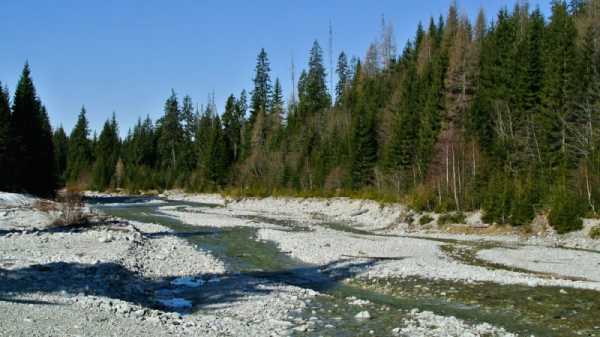
Extreme drought affected large parts of Slovakia during periods that are typically wet, resulting in low farm yields and affecting forest ecosystems, the country’s Hydrometeorological Institute (SHMÚ) claims in a recent analysis.
In 2022, the first drought occurred in a typically wet February and was followed by drought in March when severe to extreme drought affected 27% of the country by the end of the month, according to the analysis.
In the second half of July of last year, extreme drought affected almost 60% of the country, the analysis continued, noting that drought lasted more than 200 days in some places.
Because of the droughts, most of the country had very low agricultural yields, and forest ecosystems were also affected.
The phenomena caused cracked and dusty soil that heavily impacted agriculture, fruit growing and forests. Maize, which was irreparably damaged, had to be irrigated, while farmers reported heavily damaged stands of sunflowers, soybeans, grasses and alfalfa.
“The results of the harvest, which came very early (already in mid-June during the extreme drought), confirmed farmers’ initial estimates. The winter harvest was average or below average in many districts,” the Institute said.
“Most of the fruits were damaged by insects and birds due to drought. Winemakers from the Danube Plain reported the effects of the drought on the vines with below-average small berries on the bunches, which, however, ripened quickly,” the analysis continued.
Extreme weather conditions like droughts will continue in future, climatologists warned.
“The whole climate regime as we know it is history. We are beginning to move into southern Europe, which means that the climate is becoming more like the Mediterranean. It is much faster than we anticipated. The transitional seasons are getting shorter and it is already very visible,” climatologist Jozef Pecho told EURACTIV Slovakia.
(Michal Hudec | EURACTIV.sk)
Source: euractiv.com



